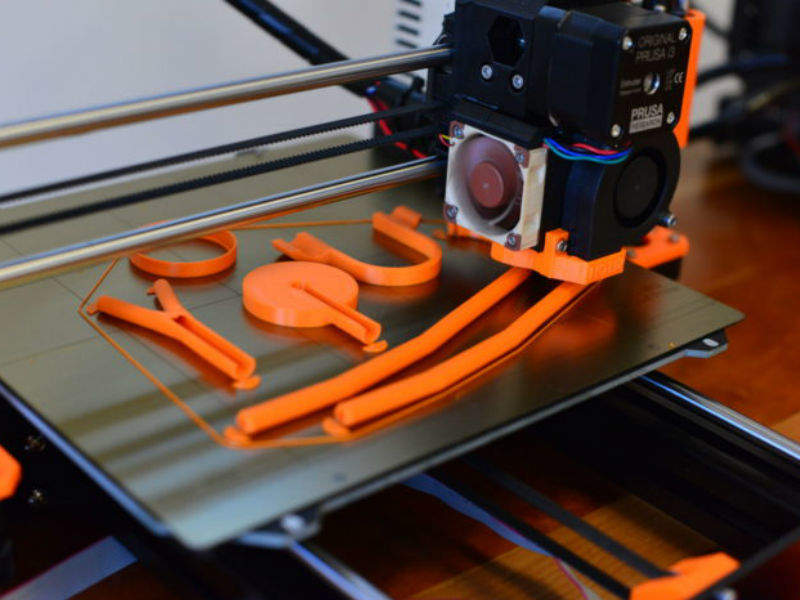
A team of researchers from Western University in Ontario, Canada, have produced an open-access, clinically validated template that can be used to 3D print stethoscopes from recycled plastic at low costs.
Referred to as the Glia model, the 3D printed stethoscope is said to possess the same acoustic quality as that of existing stethoscopes.
According to the researchers, the new open source software will allow anyone with a 3D printer and ABS plastic to generate the stethoscope within three hours and at less than $3.
Western University Schulich School of Medicine & Dentistry associate professor Dr Tarek Loubani said: “As far as we know this is the first open-source medical device that has been clinically validated and is widely available.
“We wanted physicians and allied healthcare professionals to be able to have something that was high quality. This study found that the acoustic quality was the same in our stethoscope as in a premium brand stethoscope.”
At present, the 3D printed stethoscope is being used in Gaza and the London Health Sciences Centre in Ontario is trialling the device.
How well do you really know your competitors?
Access the most comprehensive Company Profiles on the market, powered by GlobalData. Save hours of research. Gain competitive edge.

Thank you!
Your download email will arrive shortly
Not ready to buy yet? Download a free sample
We are confident about the unique quality of our Company Profiles. However, we want you to make the most beneficial decision for your business, so we offer a free sample that you can download by submitting the below form
By GlobalDataIt is expected that the Glia template can help regions where medical supplies are not easily accessible and a stethoscope becomes a necessary tool.
Loubani added: “In London, if someone gets shot, I can use an ultrasound to look inside and see if there is a life-threatening air pocket called a pneumothorax.
“In Gaza, ultrasounds are not available in emergency departments, or are dilapidated, so the stethoscope becomes an inexpensive tool that allows us to make life-saving decisions.”
The researchers additionally believe that the template can act as a base to make or improve other medical devices on-site in areas with lesser resources.



